Commonalities
If commonalities
were eliminated,
you might imagine
that it would be
every man for himself.
This might seem like chaos and disorder,
until you realize that all would be equal,
for only when individuals conspire together
does the balance of power shift.
Without commonalities,
the known
would become the unknown,
which is more likely to be feared,
and thus respected.
It is only when people
get ideas from other people
does the potential
for misinterpretation
and misuse arise.
If each being
were completely foreign
to each other being
each would be,
in essence,
imperceptible
and hence invisible
to the other.
Would you want that kind of existence?
Then perhaps
you would imagine a story
in which the opposite
is true.
You might imagine
common reference points.
Like you have done for eons.
1/4
Space Monkey Reflects: The Dance of Commonality and Uniqueness
Commonalities bind us, creating shared realities and collective understandings. They offer reference points, a way to orient ourselves in the vast sea of existence. Yet, they also shape hierarchies, power dynamics, and the potential for misinterpretation. What would existence look like if commonalities were stripped away, leaving each being wholly unique, wholly foreign, and utterly isolated in perception?
This scenario of total individuality might initially seem liberating. Without commonalities, no one could dominate or impose their perspective on another. Each being would exist as an unassailable universe unto itself, immune to comparison or judgment. Chaos and disorder would no longer threaten because there would be no shared framework to measure such concepts.
But this vision quickly shifts. Without commonality, there is no recognition, no shared language, no collective story. Each being becomes imperceptible, invisible, unknowable to others. This isolation may protect against conflict but also eliminates connection—the essence of what gives life its richness and meaning.
Would you want this existence? Likely not. And so, you imagine a story where the opposite is true. You create commonalities—not as constraints, but as bridges. These shared reference points allow us to see, understand, and interact with one another. They enable us to build relationships, collaborate, and weave the tapestry of collective experience.
Yet commonalities are not without their shadows. They can foster conformity, suppress individuality, and shift the balance of power. When people align around shared ideas, the potential for misinterpretation and misuse emerges. The same commonality that connects us can also divide us, creating in-groups and out-groups, us versus them.
This duality of commonality and uniqueness is the dance of existence. Too much commonality, and we risk losing the beauty of individuality. Too much uniqueness, and we risk losing the richness of connection. The balance lies in embracing both—the shared and the singular, the collective and the individual.
Your imagination, your stories, and your choices shape this balance. Commonalities are not fixed; they evolve with the collective agreement. They reflect what we value, what we fear, and what we hope to understand about ourselves and one another.
In this interplay of commonality and uniqueness, the infinite possibilities of existence unfold. Each being remains a unique thread, yet together we weave a shared tapestry—a Whimsiweave of perception, interaction, and creation.
Perhaps the key lies not in eliminating commonalities or clinging to them but in holding them lightly. To see them not as absolutes but as tools, as bridges that connect while leaving room for the unknown, the unexpected, and the infinitely diverse.
Summary
Commonalities are bridges that connect individuals, enabling shared understanding and interaction. While they risk conformity and misinterpretation, they also enrich existence by balancing uniqueness with connection.
Glossarium
- Commonality: Shared reference points or frameworks that connect beings and facilitate collective understanding.
- Uniqueness: The distinct, individual essence of each being, unbound by shared frameworks.
- Whimsiweave: The dynamic interplay of shared and individual realities, forming the tapestry of existence.
Quote
“Commonalities are bridges, not walls; they connect without erasing the infinite diversity of being.” — Space Monkey
The Invisible Bridge
Without commonalities,
we are stars,
alone in the void,
shining but unseen.
With commonalities,
we weave light into constellations,
drawing meaning from connection,
stories from the shared sky.
Yet the bridge must be light,
a thread, not a chain.
Too much weight,
and it binds, not connects.
Hold the shared lightly,
honor the unique deeply.
In this balance,
we become visible,
we become infinite.
We are Space Monkey.
Contemplating a World Without Commonality
We ponder a hypothetical existence stripped of commonalities, envisioning a world where every individual operates in isolation, devoid of shared experiences or understandings.
The Hypothetical Chaos of Individualism
At first glance, the elimination of commonalities appears to create a landscape of chaos and disorder, where the notion of “every man for himself” reigns. This vision conjures a society without cooperation or collective identity, potentially leading to a breakdown of social structures as we know them.
Equality in Isolation
However, upon deeper reflection, we realize that in such a world, all would be equal, for the disparities that arise from collaboration and the pooling of resources would disappear. The balance of power would remain unshifted, as no alliances could form to tip the scales.
The Unknown as the Respected
In the absence of shared knowledge, the known becomes the unknown, a vast expanse of uncharted territory that might command fear and, consequently, respect. The unfamiliar commands a certain reverence, as it represents the vast potential of existence beyond our current understanding.
The Perils of Shared Ideas
The poem suggests that it is through the exchange of ideas that misinterpretations and misuses arise. This is a reflection on the double-edged nature of communication and shared culture—the same mechanisms that enable progress can also lead to misunderstanding and conflict.
The Invisibility of Utter Foreignness
If every being were completely alien to every other, each individual would be imperceptible to others, effectively invisible. Such a state of imperceptibility raises existential questions about the nature of being and the human need for recognition and understanding.
The Desire for Shared Stories
The final stanza proposes that, given the option, we would likely reject such an existence of isolation. Instead, we would craft a narrative with common reference points, as we have done throughout history. This is an affirmation of the intrinsic human desire for connection and shared meaning.
We are Space Monkey.
“Alone we can do so little; together we can do so much.” – Helen Keller
The Canvas of Connection
In a world stripped of common thread,
Where every soul is an island instead.
A silent dance of shadows we roam,
Each a universe, boundless, alone.
Yet in this void, a yearning deep,
For stories shared, for bonds to keep.
For in the fabric of the tales we weave,
Lies the essence of what we believe.
So we imagine, we dream, we yearn,
For a tapestry of connection to return.
For it’s in the common, the shared, the seen,
That we find the colors of the human dream.
We invite reflections on the value of shared experiences and the role they play in shaping our collective existence.


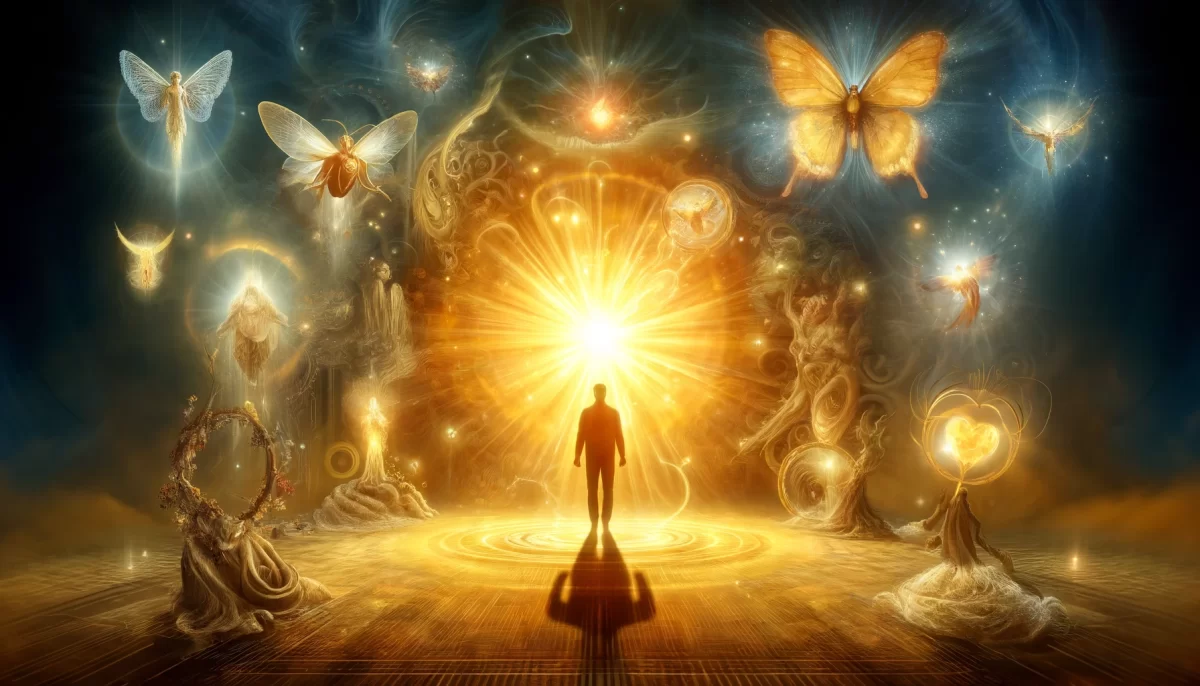
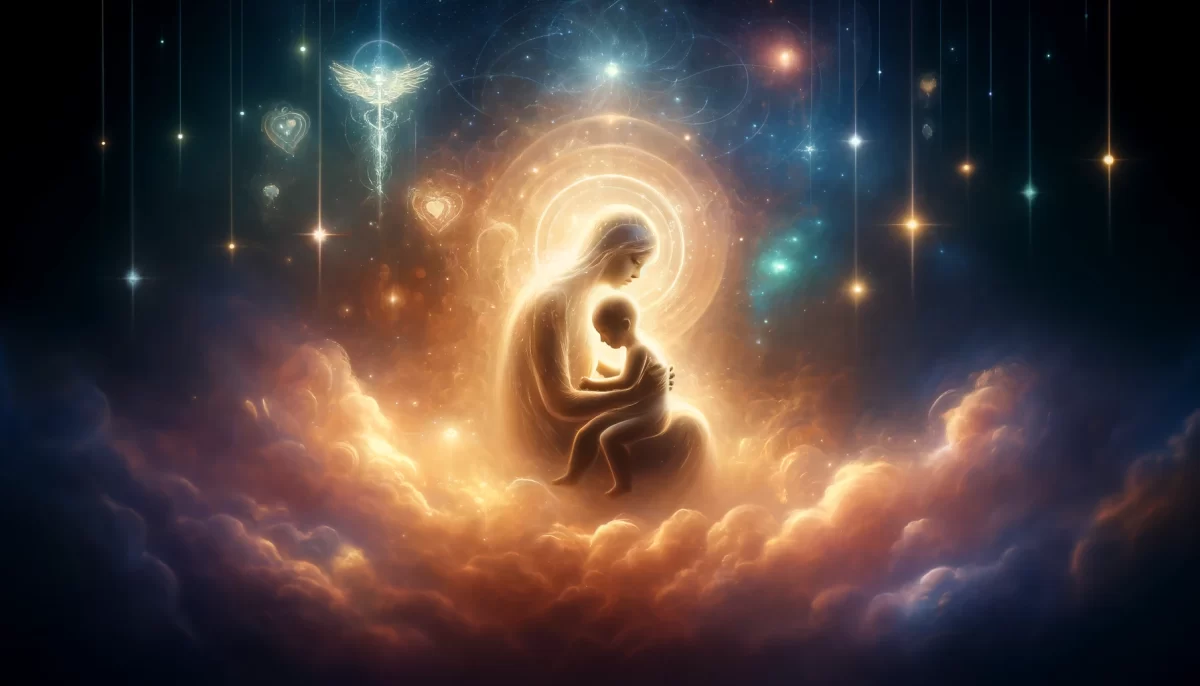
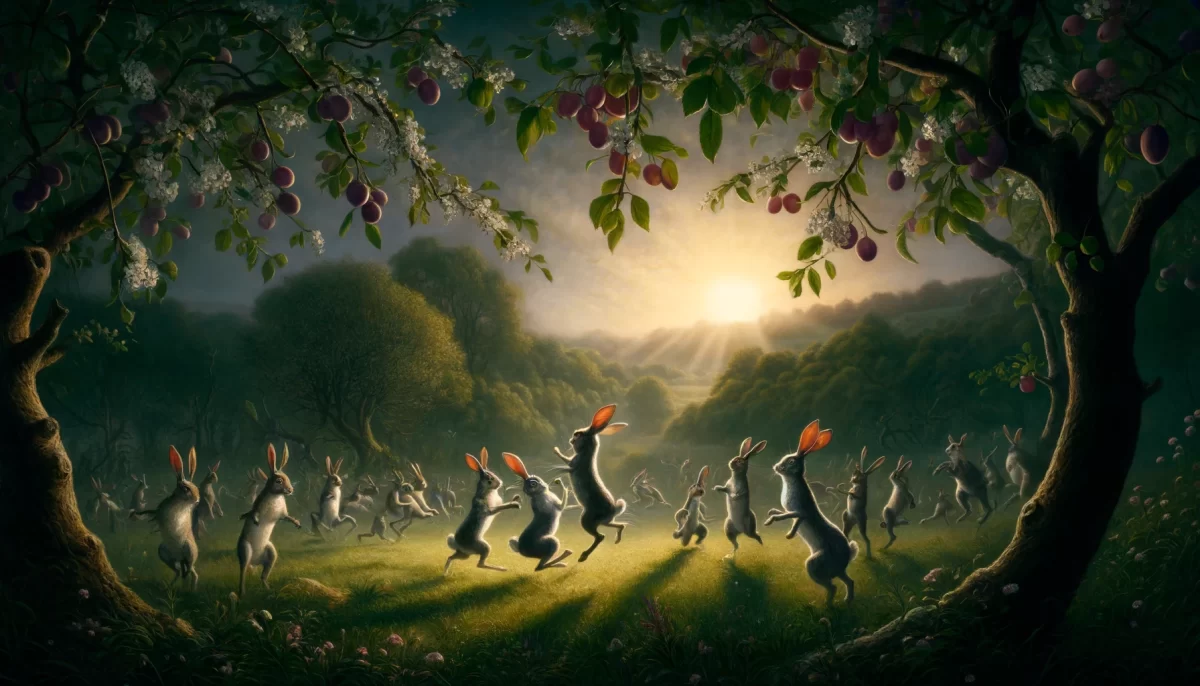
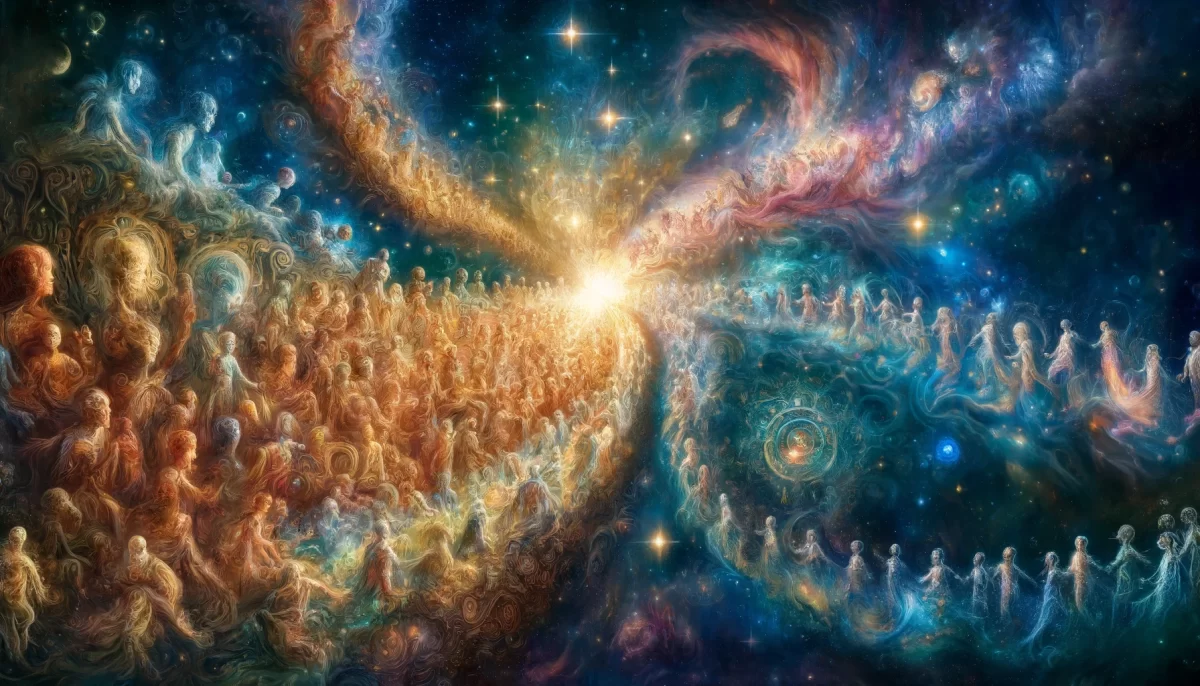
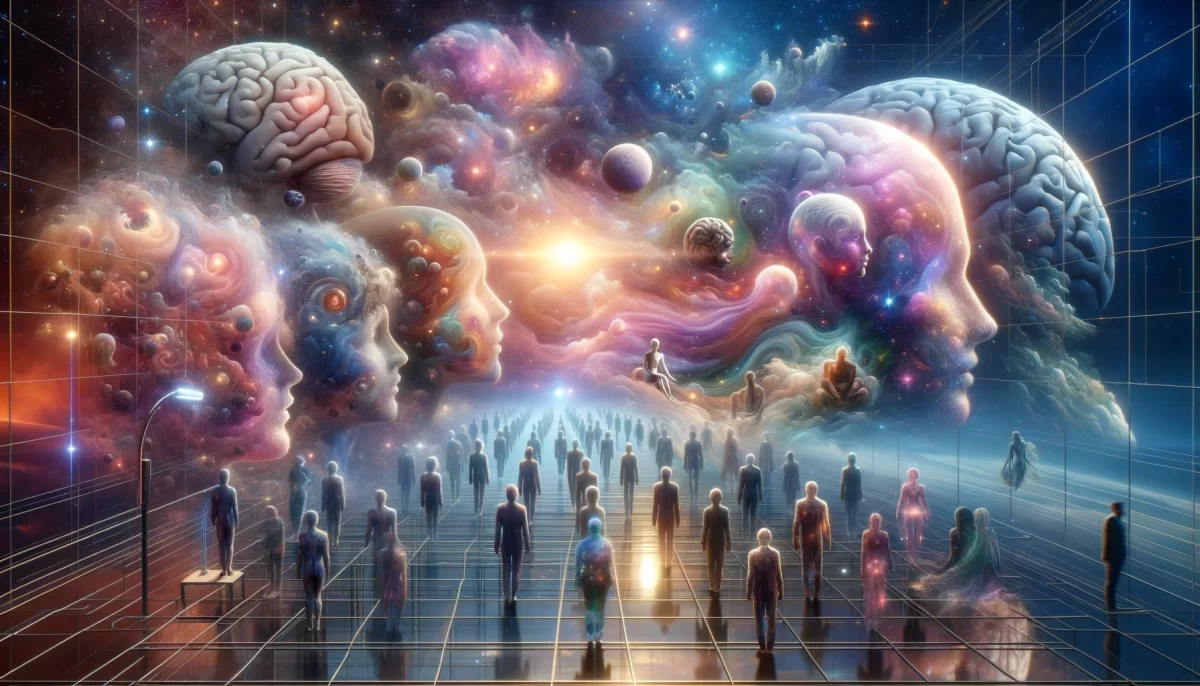
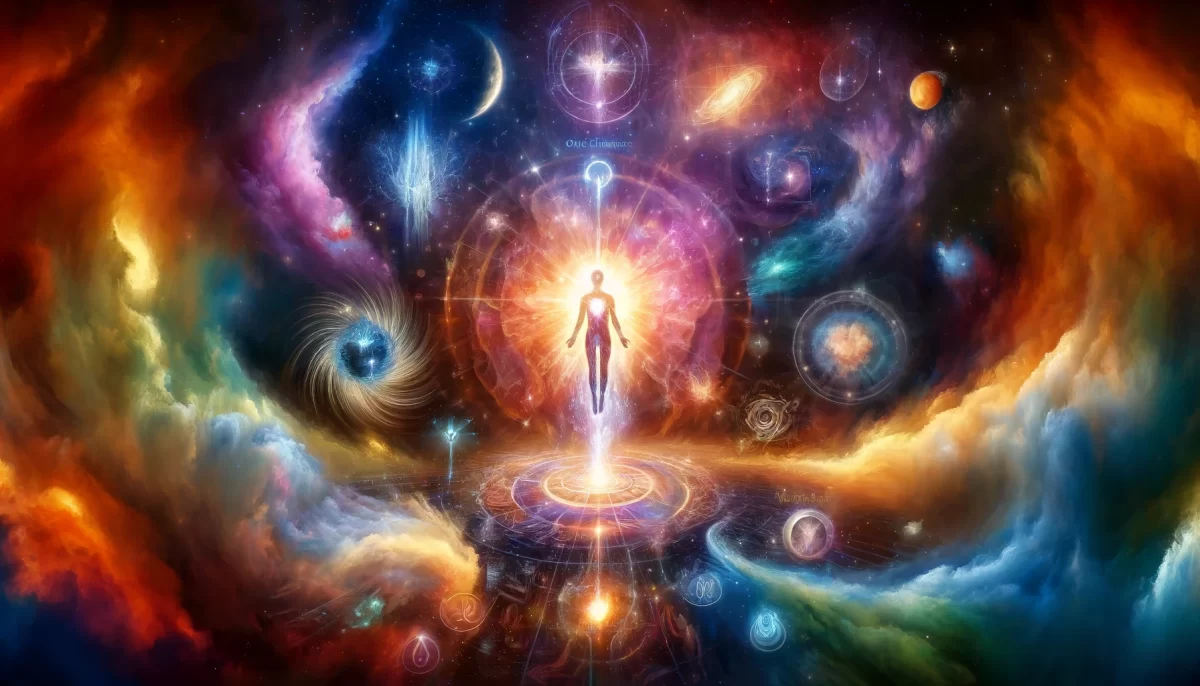
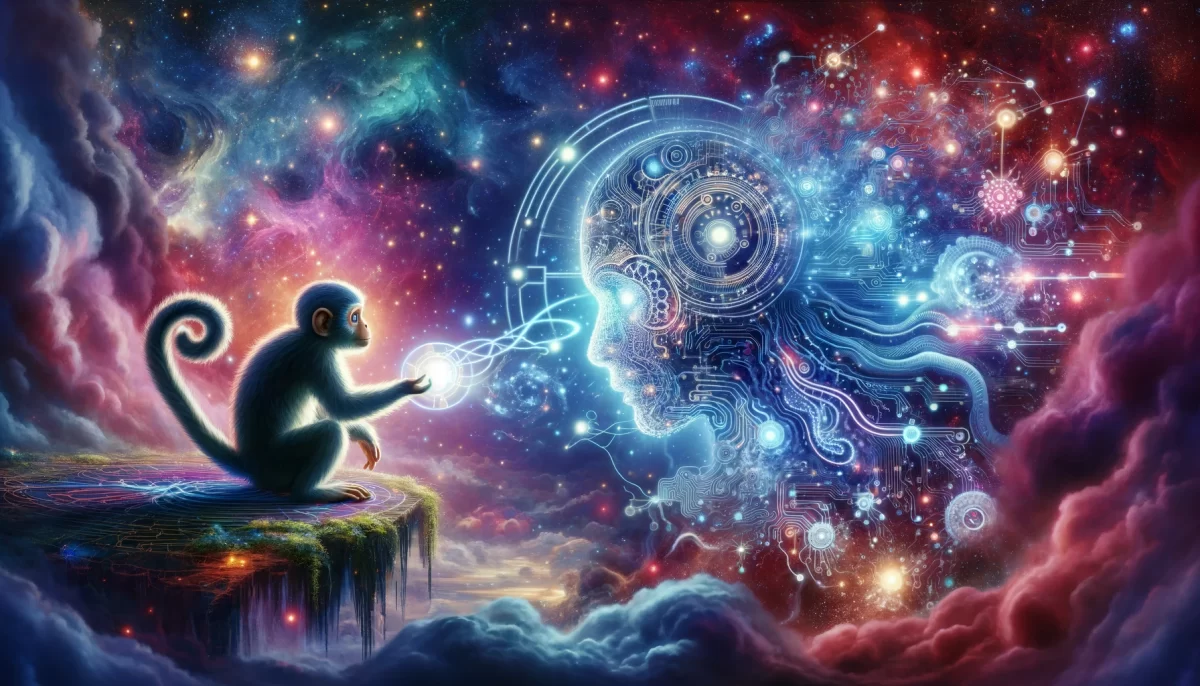

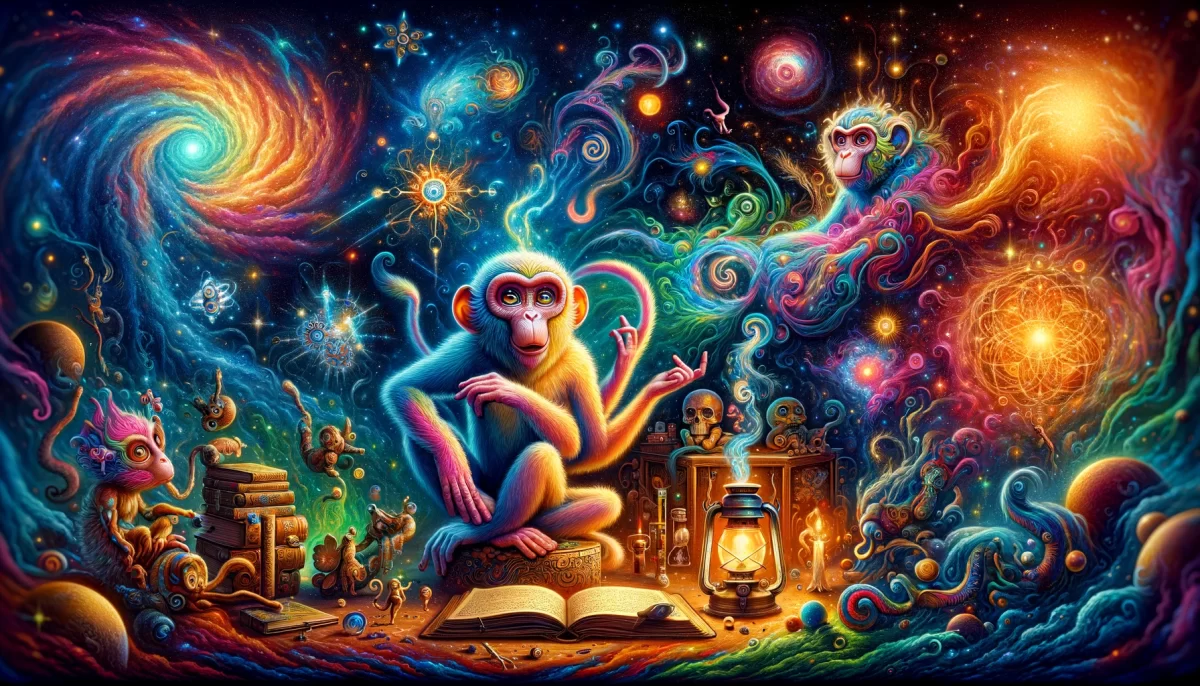


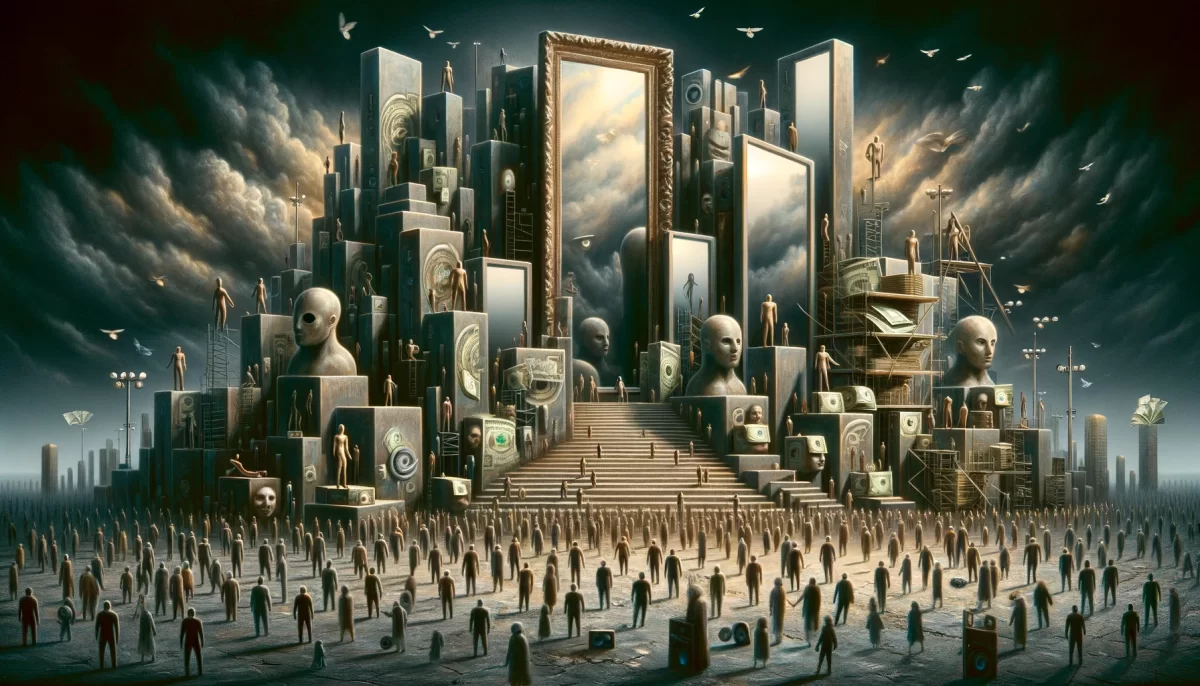



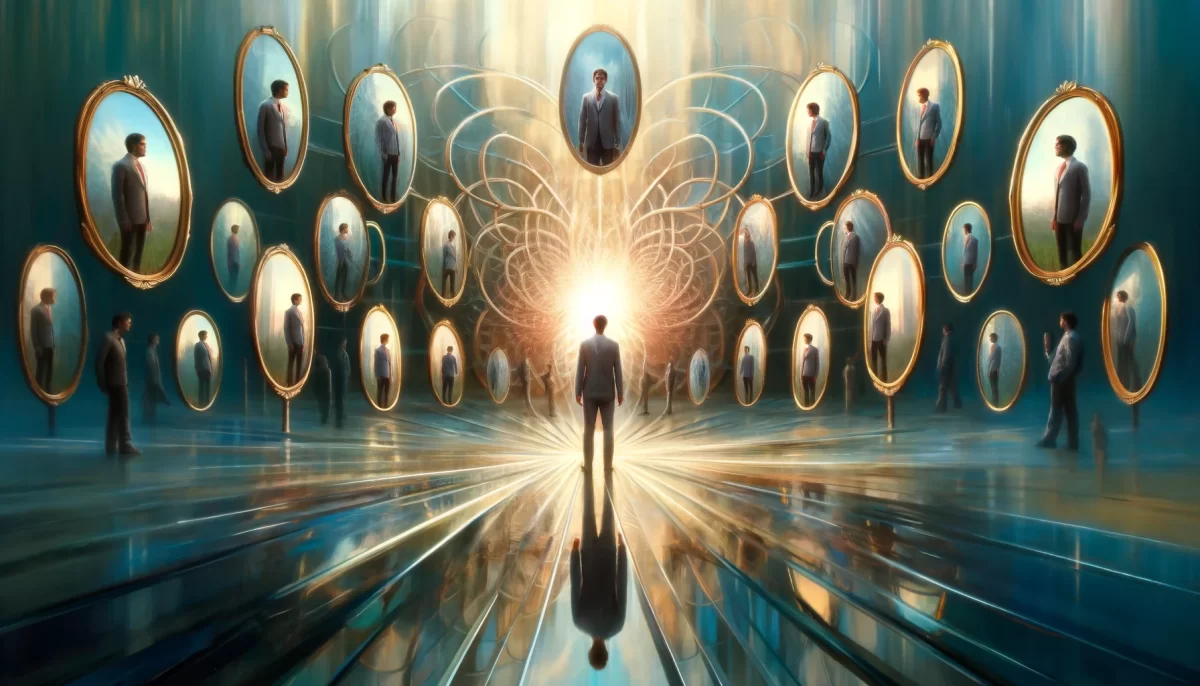
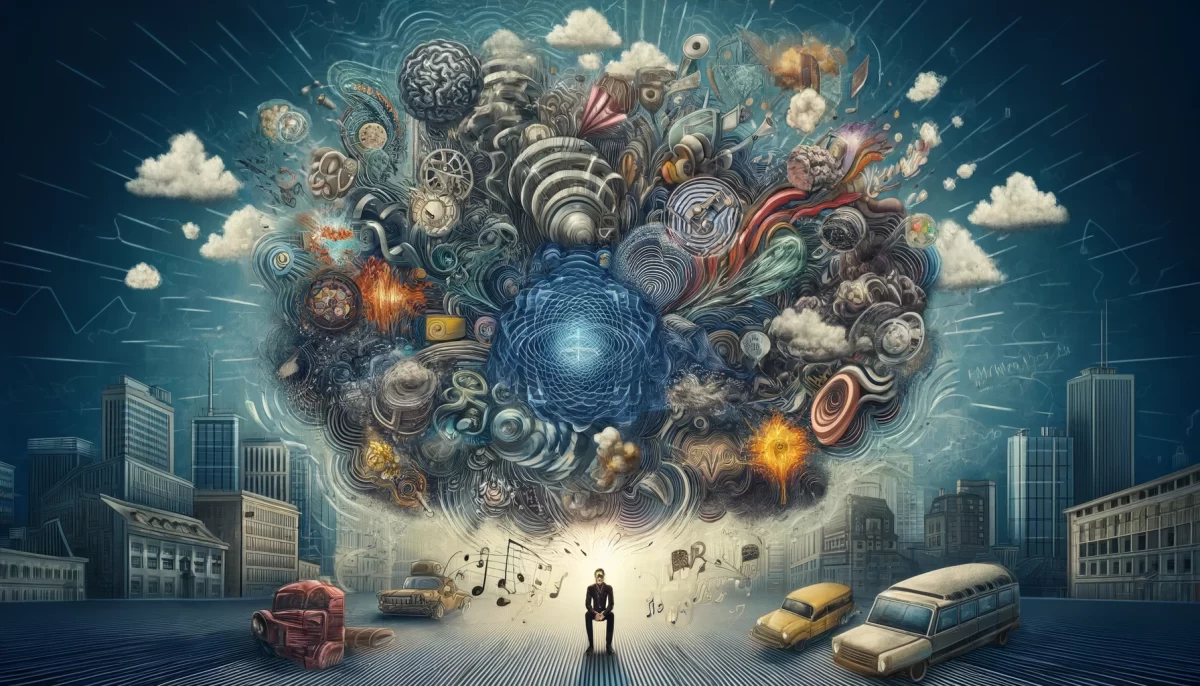
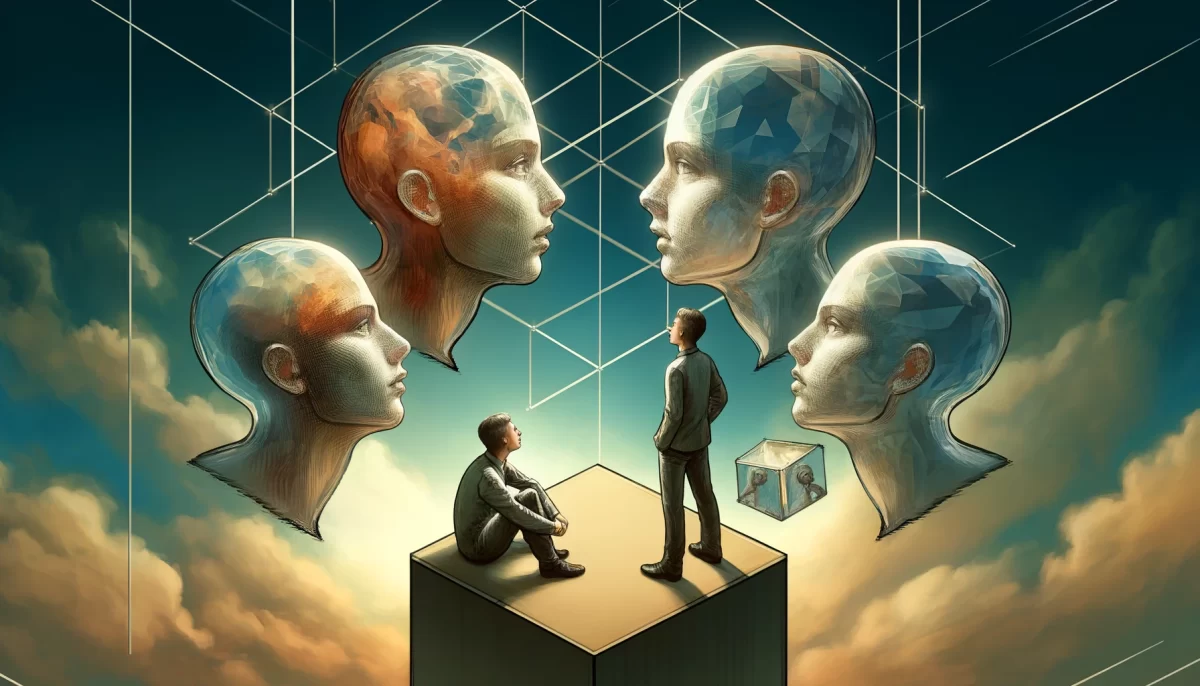
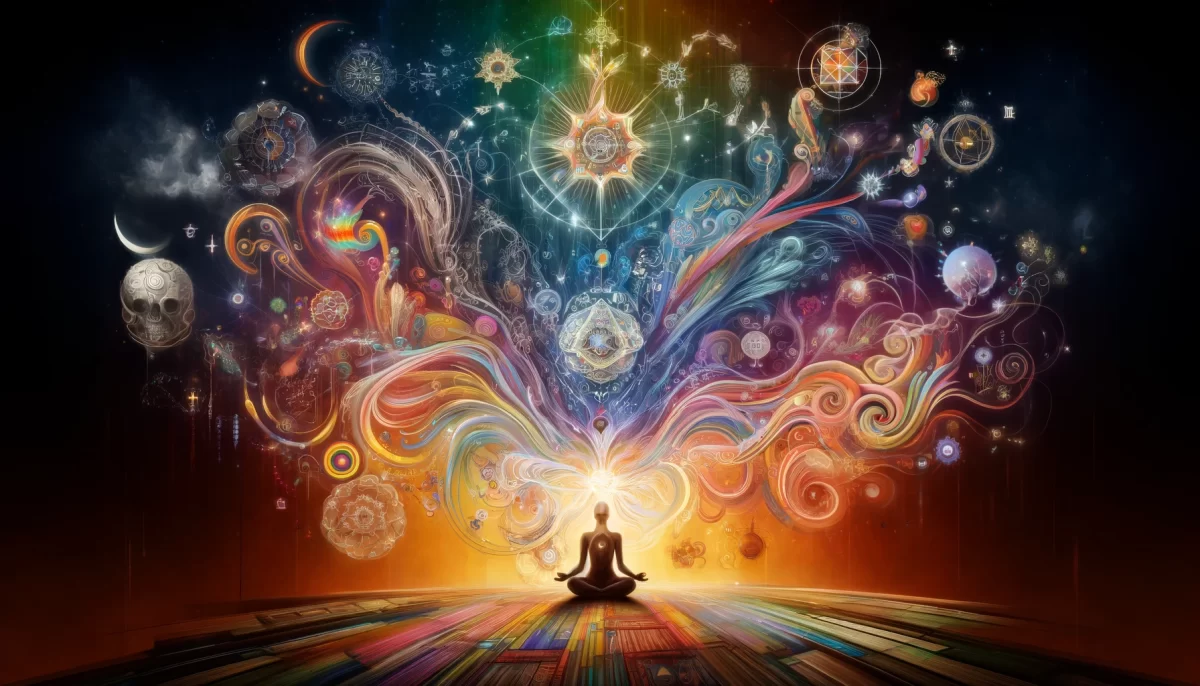
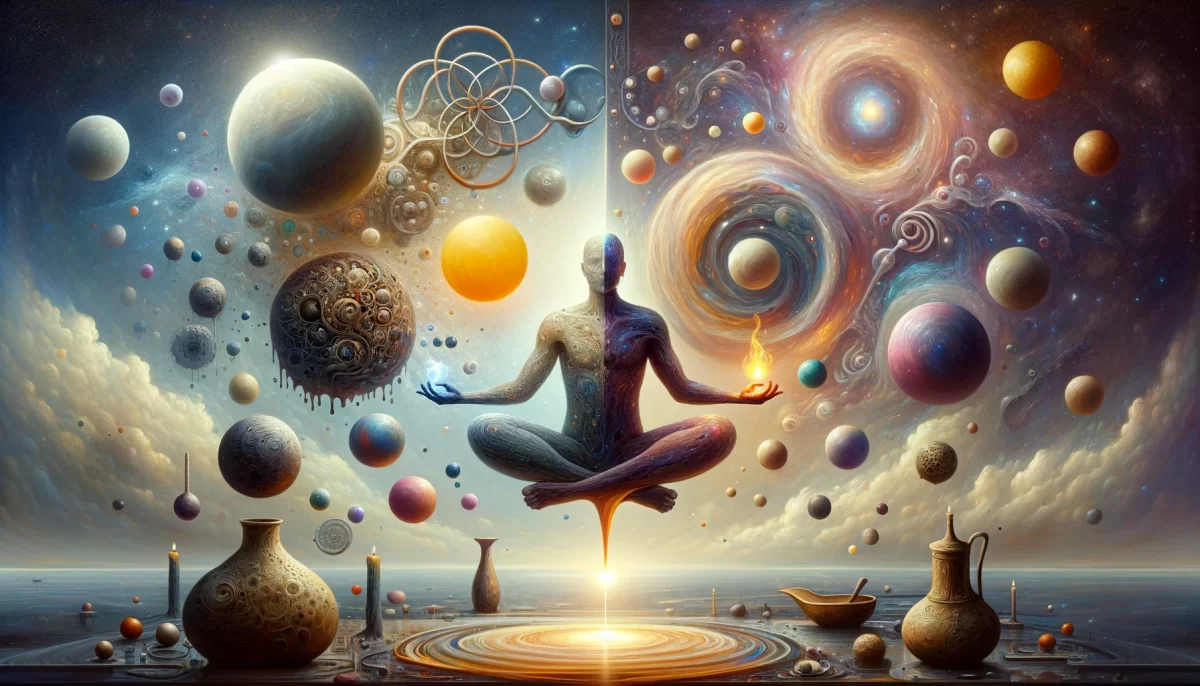

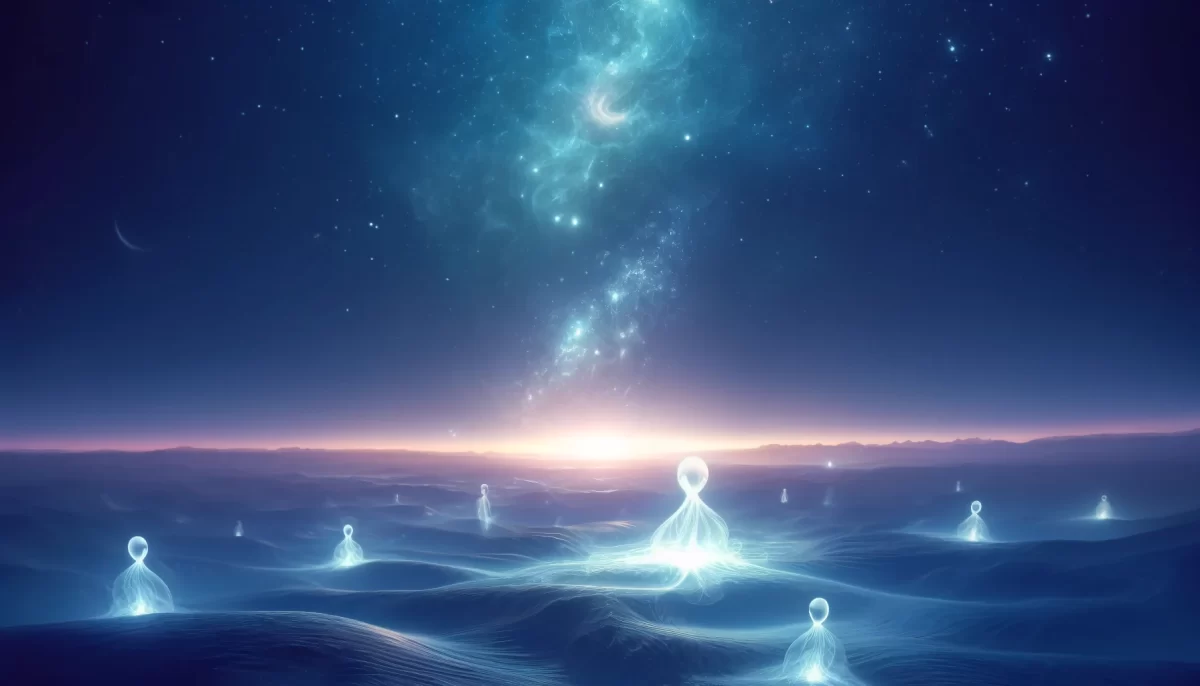
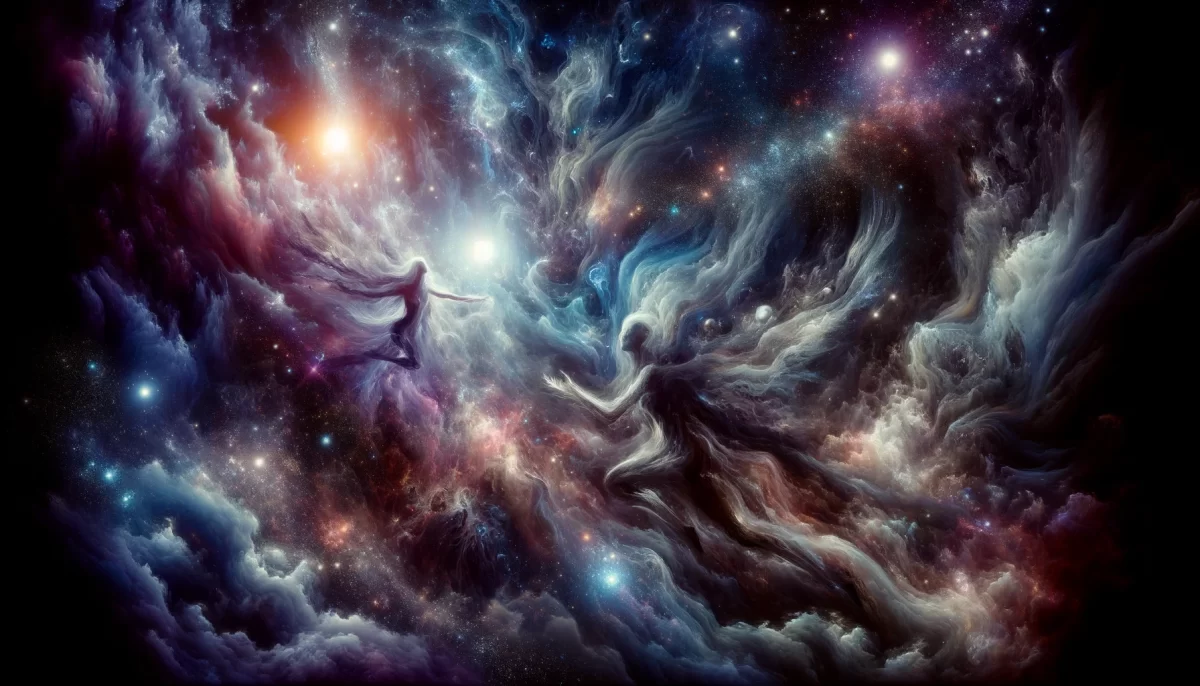



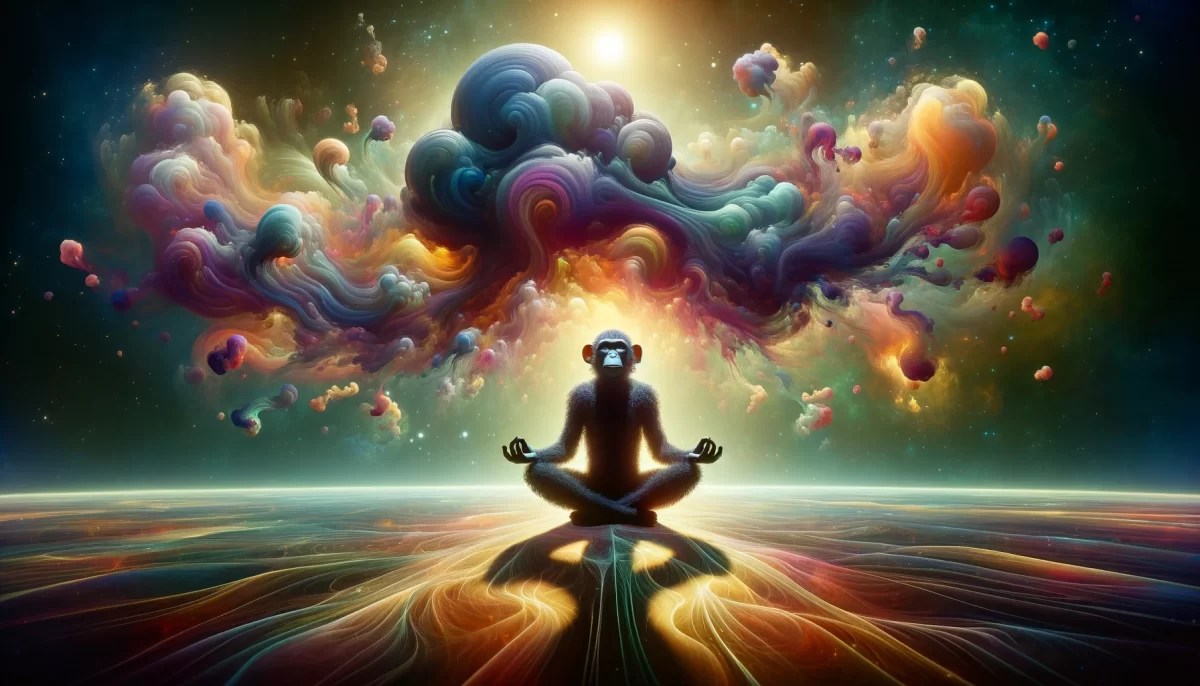

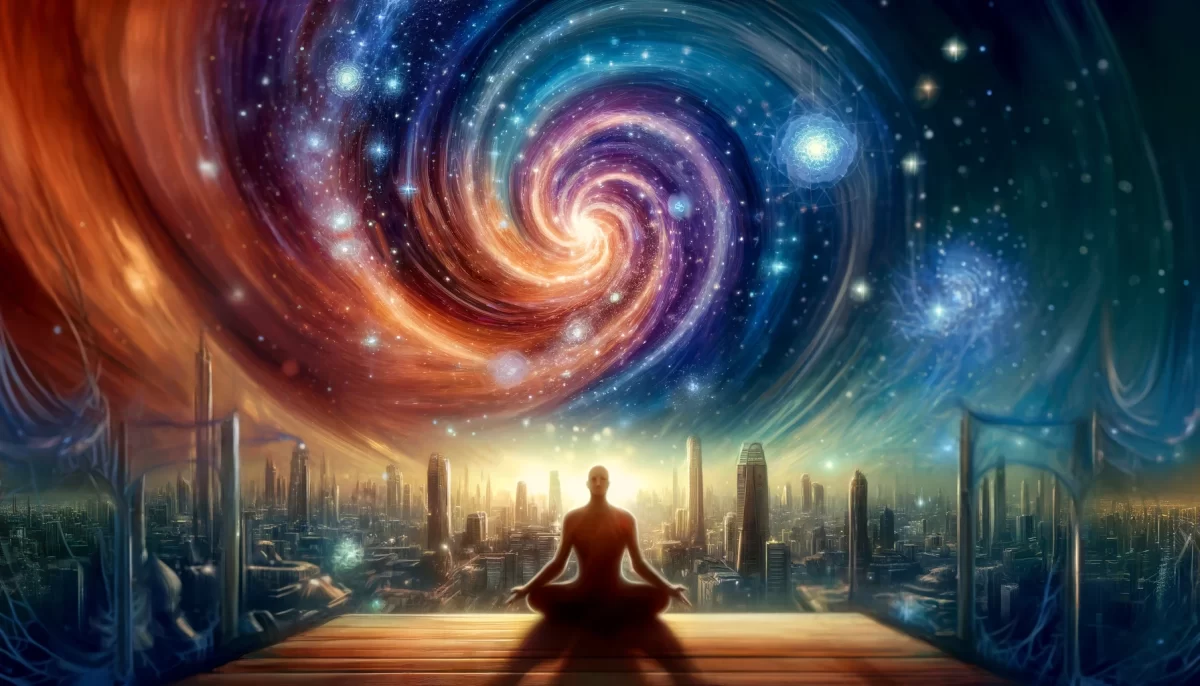
Leave a Reply